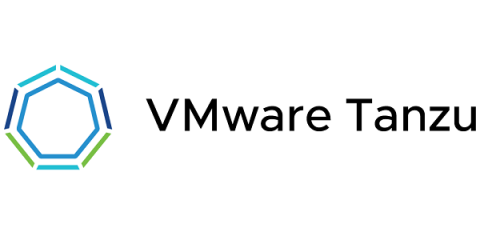Operations | Monitoring | ITSM | DevOps | Cloud
DevSecOps
Why U.S. Startups Will Choose Latin American Software Development Companies in 2025
Vulnerability Response and DevSecOps with ITSM + RBVM Integration
AppSec Decoded: How to Implement Security in DevOps
Differences between DevSecOps and DevOps
What is DevSecOps?
Advancing MLOps with JFrog and Qwak
Modeling and Unifying DevOps Data
Government Organizations Embrace Upskilling In-House IT Staff to Meet the Latest Executive Orders
This post was co-written by Nazhin Beiramee, Jazmin Childress, Kevin Clark, and Nick Weiss. Advancement in technology, along with the ever changing political landscape (e.g., the Executive Order on Transforming Federal Customer Experience and Service Delivery to Rebuild Trust in Government, as well as billions in funding to support this mandate, and a potential administration change after the 2024 election) uncover new needs, opportunities, and demands for government organizations.
An Insider Look at Zero Trust with GDIT DevSecOps Experts
As cyber attacks have become ever more sophisticated, the means of protecting against cyber attacks have had to become more stringent. With zero trust security, the model has changed from “trust but verify” to “never trust, always verify.” Joining D2iQ VP of Product Dan Ciruli for an in-depth discussion of zero trust security was Dr. John Sahlin, VP of Cybersolutions at General Dynamics Information Technology (GDIT), and David Sperbeck, DevSecOps Capability Lead at GDIT.











